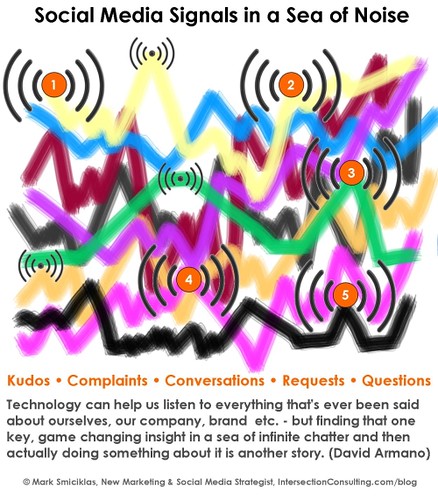Given my return to Trinidad and Tobago, which my last post gave some context to, and the fact that I own agricultural land in Trinidad and Tobago, I went to the UWI techAgri Expo armed with my decades of experience as a software engineer, years of experience dealing with land, and my own trials and tribulations at growing things not just on my land, but over the years. I had good counsel on the latter from established farmers in Trinidad and Tobago, but I am not an expert.
I purposefully left my camera behind. People treat you differently when you have a camera, and I wasn’t going as some sort of media person or pretending to be. I was going for information. I didn’t need a camera for that.
Generally, I thought it was worthwhile. One person I know remarked that it was more like a bazaar in that people were selling things – I see that as a factor of any expo to get foot traffic. Another criticism is that the students didn’t have all the answers to the questions asked, but a quick analysis of that criticism reveals an unrealistic expectation in the critic. They are students, after all. Someone said that it could have been held inside, but then, what of all the plants? So, personally, I dismissed a lot of the criticisms.
The farming equipment was plainly visible. Children packed into the tractors for photo opportunities, and every now and then people would inquire about prices. Plants galore – the savanna was alive with plants, and there were many people leaving with plants.
I bumped into the tent where they had information on the apps – things like Maps.tt I would find an immediate benefit from, and their land suitability app looks promising. The AgriDiagnose Mobile App also looked very useful. The data from NAMDEVCO could be useful, but in it’s present forms it’s not too useful for people planning to do things – more on that later. A brief chat with Dr. Bernard showed we knew some of the same people.
Moving on, I came across rabbits at the UWI Faculty of Food and Agriculture University Field Station – dealing with academia must be a preparation for long German – and I saw rabbits and agouti. There were signs about entrepreneurship behind these creatures imprisoned in their cages, so I asked around about the market for them. They had no idea. They had no idea where to find such information. Well, they were students, so no need to be hard on them.
Continuing my walk, I had some interesting conversations with some international folk, a few criticisms from staff about getting interdepartmental assistance for some things (a few people knew me and the criticisms were more specific, but I know the unpleasant frustration of academic silos), and I came across a business that was marketing rabbit meat.
Well, here we are. They’ll have answers. So I spoke with them about the market for rabbit meat and rabbits in general, and as expected, it wasn’t exactly a high demand market. It’s not as if I see ‘rabbit roti’ on the roti shop walls. It’s more of an exotic market, and more for pets than pots. Completely understandable and expected, so I thanked the lady for her candor and moved on.
The Agricultural Development Bank (ADB) was interesting, though I’m not sure that it was all accurate. They advertise great interest rates for agricultural and aquaculture projects, but when I spoke about the specifics of things I was looking at doing, I asked about whether I should split some land off for collateral and repeatedly told I didn’t need to do that. That seems peculiar. Established farmers I know have criticized the ADB in that while their interest rates seem low, with all the fees one ends up paying, it’s effectively the same as banks with higher advertised interest rates. An after discussion with someone who knows more about interests rates revealed the 3-5% was effectively around 8-9%, but that advertised bank rates at 8% were closer to 14% in reality.
So, the ADB didn’t really sell me on anything in the end.
I was finding holes. Opportunities. Flaws in the bureaucracy, as there always are and always will be.
The rest of the expo was as informative to me on aquaculture, agriculture, potential markets.
Try Cafe Vega. They had a stall. I met Dr. Floyd Homer, and we talked about beans and all sorts of things. How could I pass up a cup of local coffee? Good stuff.
The NAMDEVCO Data
The thing that jumped out at me most was market data. What’s published is Open Data – it’s one of the founding principles, it seems, but it’s not as open as you would think. If you take a look at the data available from NAMDEVCO, it gives you averages of monthly data over the years (starting in December 2016), but it doesn’t show you volatility. It is lacking, and part of that may be that NAMDEVCO simply wasn’t designed for it – or the people who want to do it are getting crushed by the gears of bureaucracy (been there, done that), or it simply hasn’t entered into people’s minds.
But I’ve spoken to farmers. One successful farmer revealed his success one time with cabbage, being able to buy a car for cash after reaping one cabbage crop. That’s an outlier. So there is volatility in these markets that farmers have to be able to plan for. Granted, the app that shows the immediate prices is good, but if you’re getting into a market, you want more data. It is there at the link, but it has to be hand typed in from the images in the monthly PDFs to get what you want… when I tried the contact link on their website, I was greeted by a configuration error. So I can’t really tell them about the error, now can I? Try it. Maybe they’ll fix it. Let me know.
In all, I think my only real criticism of the techAgri expo is that I wish it were more helpful to me – but that’s not so much on them. I’m a demanding person when it comes to information, and I know how to deal with Big Data – something lacking around Trinidad and Tobago, really – and my criticism is more of an identification of opportunities for myself and others. There is further analysis that can be done, and there are opportunities that you can find… if you have the gift of seeing what doesn’t exist yet.


